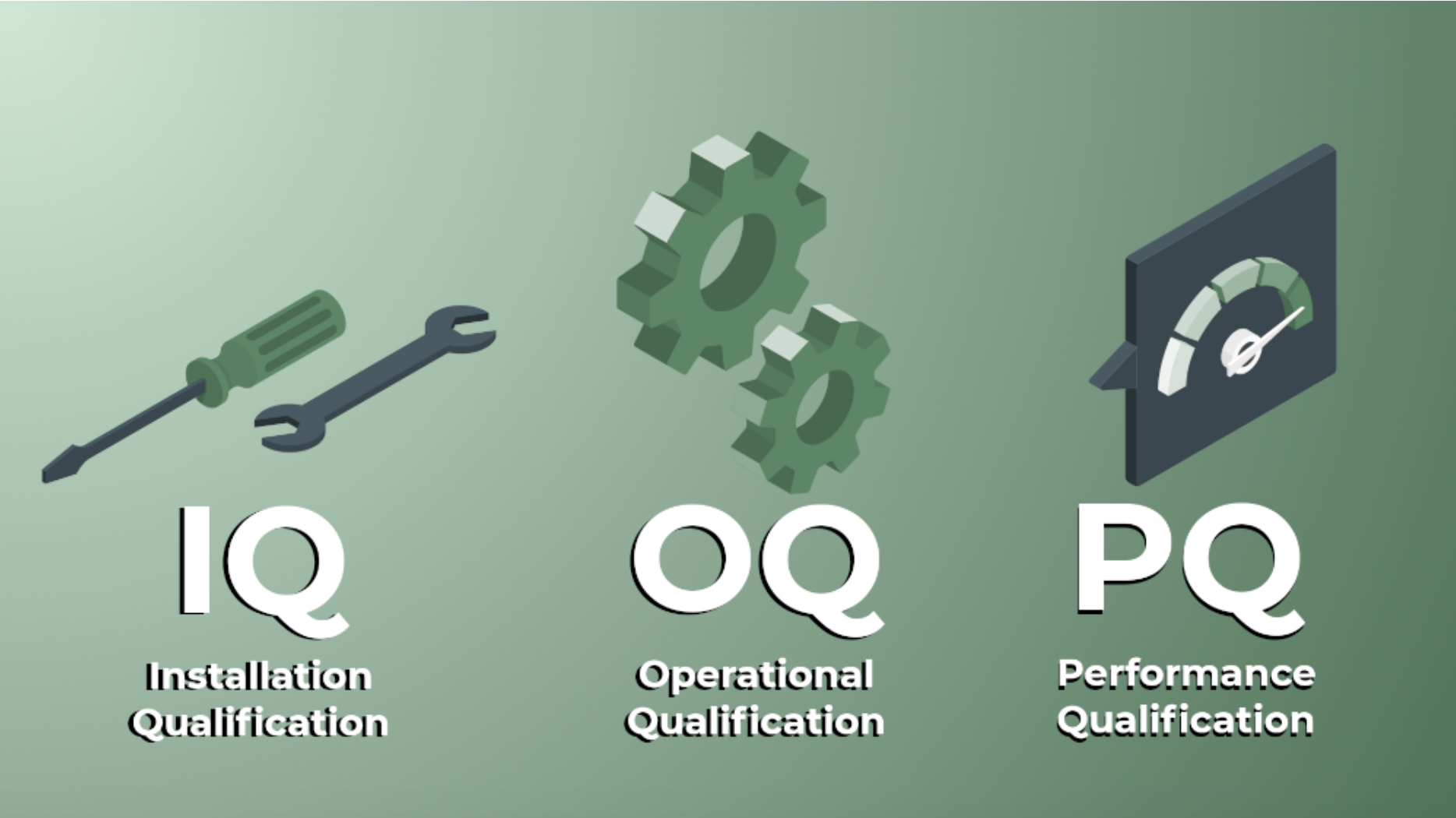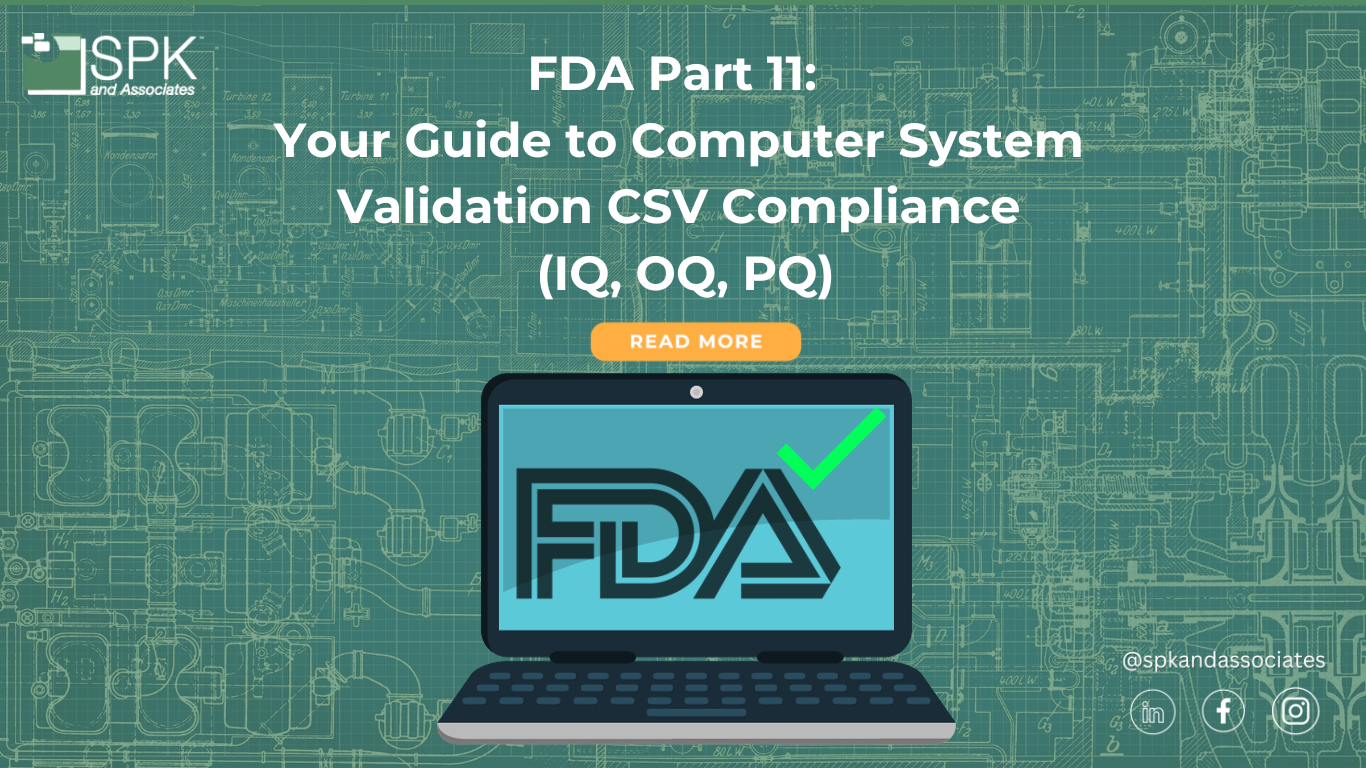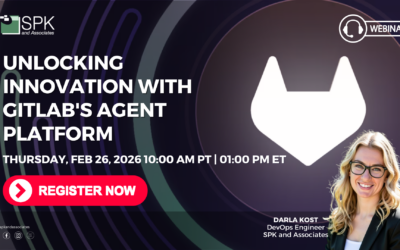The FDA compliance standards bring nuanced compliance considerations to your sector, don’t they? In pharmaceuticals or biotech, system reliability is essential. And, central to that is Computer System Validation (CSV). Essentially, it demonstrates a commitment to FDA’s Part 11 mandates. So, we’re providing a helpful guide to detail everything you need to know about CSV. We’ll cover IQ, OQ, and PQ (Installation Qualification, Operational Qualification and Performance Qualification). And, we’ll cover their importance in CSV compliance.
What is FDA Part 11?
Firstly, let’s talk about the FDA’s 21 CFR Part 11. This sets criteria for electronic records and signatures, ensuring they’re as trustworthy and reliable as their paper counterparts. Basically, companies deploying computer systems handling quality or clinical trial data often fall under its mandate. So, if that sounds like your business, keep reading.
Why CSV Matters
At its core, CSV seeks to demonstrate a computer system does precisely what it’s supposed to, and that it does it consistently. By validating systems, organizations can:
- Mitigate Risks: Spot and address potential issues, minimizing system failure threats or non-compliance repercussions.
- Enhance Efficiency: Recognize how systems operate in real-world scenarios, refining processes and rooting out inefficiencies.
- Boost Stakeholder Confidence: Ensure internal and external stakeholders that systems are dependable, products meet quality benchmarks, and compliance remains at the forefront.
What Is IQ, OQ, and PQ For CSV Compliance, FDA Part 11?
IQ, OQ, and PQ are the pillars of Computer System Validation. They ensure a system’s installation, operation, and performance meet industry standards. Essentially, they serve as the roadmap for achieving FDA Part 11 compliance and system reliability.

Installation Qualification (IQ):
-
-
- Objective: Validate the system’s proper installation.
- Details: This stage ensures that the software installs correctly, and the hardware and operating conditions align with the software’s specifications. It also confirms that the system’s predetermined specifications are met and records any deviations from these installation methods.
- Business Actions:
-
- Audit Hardware and Software: Ensure all components meet predefined specifications.
- Document Everything: Keep a detailed record of installation methods, settings, and configurations. Also, record any deviations from standard procedures and provide justifications.
- Verification: Cross-check that installed systems match the manufacturer’s version and specification.
Operational Qualification (OQ):
-
-
- Objective: Confirm the system operates per the manufacturer’s stipulations.
- Details: Challenges are posed to the system’s functionalities in both typical and atypical scenarios. This phase tests the system’s recoverability, software alarms, and security attributes.
- Business Actions:
-
- Test Plan Creation: Develop and document a comprehensive testing strategy that covers all the system’s functions.
- Run Tests: Execute tests under varying conditions. This includes verifying system recoverability, software alarms, and security attributes.
- Document Results: Maintain detailed logs of test conditions, deviations, results, and any corrective actions taken.
Performance Qualification (PQ):
-
-
- Objective: Validate the system’s real-world performance.
- Details: Actual users simulate real-world conditions, ensuring consistent PQ test results with the operational tests. The environment closely mirrors the intended working conditions.
- Business Actions
-
- Real-World Scenario Simulation: Develop tests that mimic everyday tasks the system will handle upon deployment.
- Continuous Monitoring: After initial testing, monitor system performance over a predetermined period to ensure consistent functionality.
- Feedback Loop: Allow users to provide feedback on system performance and usability, and make necessary adjustments based on this feedback.
The FDA also provides their own guide to IQ, OQ and PQ. Check it out here.
The Tools That Help Your CSV Compliance
Successful implementation of a great eQMS is key to CSV compliance. Plus, there are plenty of tools on the market that can support you to achieve CSV. However, at SPK, we’re big ambassadors for Greenlight Guru and MasterControl. Basically, the platform offers seamless documentation, and testing workflows, and facilitates real-time stakeholder collaboration. It’s at the forefront of the regulatory curve, it ensures its users align with the latest compliance mandates.
Plus Greenlight Guru also offers Jira integration. Thus, tools like Greenlight Guru are a no-brainer if you want to simplify validation, fostering an ethos of clarity and ongoing enhancement.
Golden Practices for CSV and FDA Part 11 Compliance
Aside from having the right tool for the right job, adhering to some golden practices can also help your CSV compliance:

- Engage Stakeholders Early: An early-bird approach involving end-users and stakeholders preempts challenges.
- Continuous Training: A team well-versed in the latest CSV protocols and Part 11 requirements invariably faces fewer hiccups.
- Great Change Management: Post-validation system alterations mandate a revalidation, ensuring continuous compliance.
- Periodic Audits: Regular internal and external audits keep CSV processes contemporary and compliant.
- Stay Informed: Regulatory standards can change. So, stay up-to-date as much as possible to ensure your systems and processes remain compliant.
Conclusion
Computer System Validation, underpinned by IQ, OQ, and PQ, provide a roadmap to reliability and consistency in FDA-regulated industries. With structured approaches, the right tools, and a commitment to excellence, you can achieve CSV compliance.
If you need support with your CSV compliance processes, tool selection, or want to understand more about FDA Part 11, we can help.
Our team are experts in accelerating product development and CSV compliance for businesses under FDA Part 11. Contact us here for the best support.







